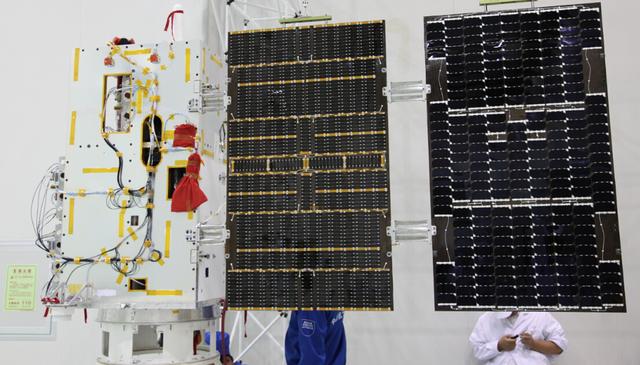JSCh
ELITE MEMBER

- Joined
- Jun 9, 2011
- Messages
- 13,235
- Reaction score
- 2
- Country
- Location
China’s orbiting quantum satellite links with ground stations
Satellite, named after ancient philosopher Micius, launched in August with a mission to establish a secure communications between China and Europe
PUBLISHED : Saturday, 24 September, 2016, 11:47pm
UPDATED : Saturday, 24 September, 2016, 11:48pm
Viola Zhou
21 Sep 2016
Initial results from the quantum satellite that China sent into space are encouraging, the project’s chief scientist said on Saturday.
A quantum channel had been well established between the satellite and ground stations, Pan Jianwei, the nation’s leading expert in quantum physics, said at a technology exhibition in Hong Kong.
China had been exploring the military and commercial applications of quantum technology, and successful tests of the satellite system would pave the way for the construction of large quantum communication networks, he said.
Con't -> China’s orbiting quantum satellite links with ground stations | South China Morning Post
Satellite, named after ancient philosopher Micius, launched in August with a mission to establish a secure communications between China and Europe
PUBLISHED : Saturday, 24 September, 2016, 11:47pm
UPDATED : Saturday, 24 September, 2016, 11:48pm
Viola Zhou
21 Sep 2016
Initial results from the quantum satellite that China sent into space are encouraging, the project’s chief scientist said on Saturday.
A quantum channel had been well established between the satellite and ground stations, Pan Jianwei, the nation’s leading expert in quantum physics, said at a technology exhibition in Hong Kong.
China had been exploring the military and commercial applications of quantum technology, and successful tests of the satellite system would pave the way for the construction of large quantum communication networks, he said.
Con't -> China’s orbiting quantum satellite links with ground stations | South China Morning Post

















